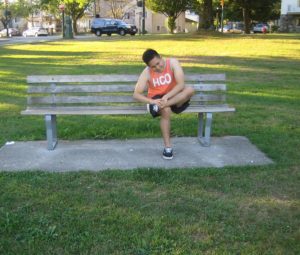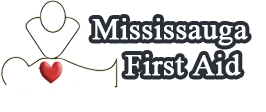Venous insufficiency is characterized as inadequate return of blood from the legs to the heart. The condition might be hereditary but certain factors such as inactivity, advanced age and obesity can add up to the development of issues with the venous valve that leads to the condition.
In some instances, individuals with venous insufficiency do not have any signs but in some cases, it can affect the quality of life and level of physical activity.
What are the indications of venous insufficiency?
Leakage and swelling

The initial signs of venous insufficiency affect the legs and ankles. These body parts become swollen as the buildup of blood in the leg veins places higher pressure on them.
The legs might feel heavy and this sensation might increase with walking or standing. The escalating pressure and swelling can lead to the leakage of pale yellowish fluid from the skin.
Pain
Pain in the legs might arise if an individual is suffering from venous insufficiency. The discomfort can range from aching, cramping to burning sensation.
In some cases, the symptoms might include itchiness as well as restless leg syndrome. This condition is characterized by the urge to move the legs that is often escorted by crawling feeling in the legs.
Discolored skin and ulcerations
Among those with venous insufficiency, the increasing pressure in the veins as well as the capillaries can result to alterations in the skin appearance.
The pressure might cause the rupture of the capillaries that releases red blood cells at the site under the skin. This causes the skin to turn reddish or brownish in appearance. These areas are prone to breakage if scratched or bumped. Take note that this can lead to the development of venous stasis ulcers.
In case these leg ulcers become infected, they drain pus with foul odor. If the infection spreads to the neighboring areas, it can cause cellulitis.
